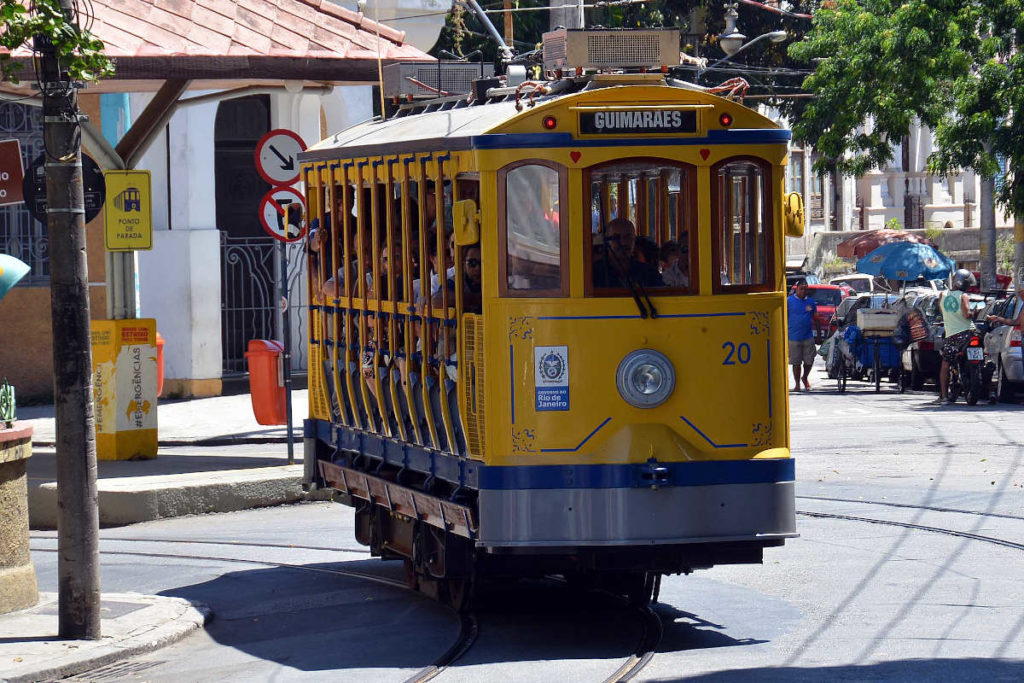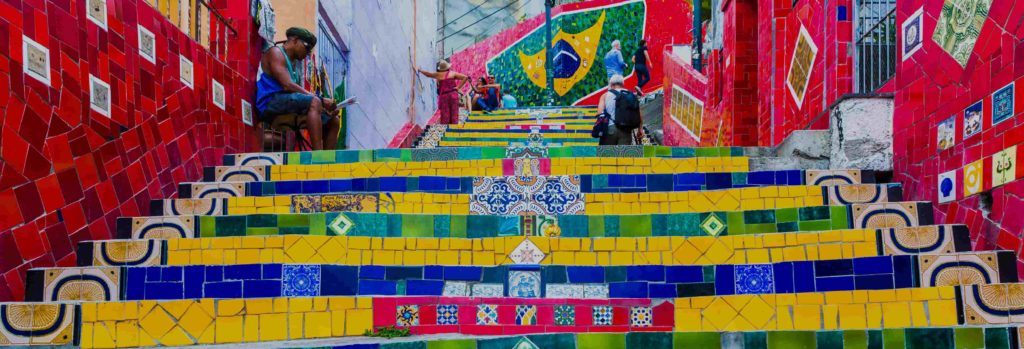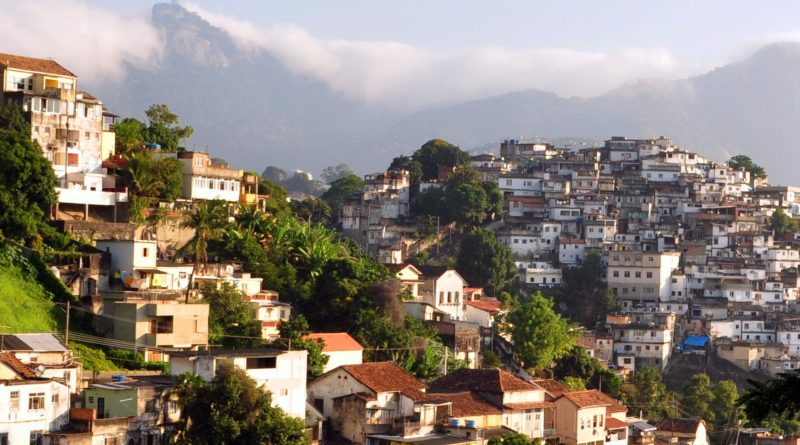Santa Teresa is a neighborhood in Rio de Janeiro located on the Santa Teresa hill. It is one of the favorite spots in the city among local artists and tourists.
The whole neighborhood was built in the 1750s and in the beginning of the 20th century it used to be a neighborhood of the upper class. Beautiful mansions can still be found on its streets. It has always been a meeting point of artists, painters and musicians. It houses galleries and art studios. Here you will also find a great variety of bars and restaurants.
One of the famous inhabitants of this neighborhood was an art collector – Raimundo Otoni Castro Maya. Later the mansion he lived in was turned into a museum exhibiting works of Candido Portinari, Di Cavalcanti, Eliseu Visconti, Jean Metzinger and Matisse. Another famous well-known museum in this neighborhood is the museum of Santa Teresa Tram, its history and origin.

Santa Teresa is home to an impressive example of colonial engineering and architecture – the Carioca Aqueduct. It was built in order to bring water to the population of the city. It is located in the very heart of Rio de Janeiro. Rio used to be surrounded by swamps with bad quality water and the city needed fresh water badly. Fresh water needed to be carried from streams situated far outside the city. There were numerous attempts to build canals to bring water from Carioca river, but they all failed because of either financial or technical difficulties.
Many years ago due to the appearance of new water supply systems, the aqueduct was deactivated and was adapted to serve as a bridge for a tram – Santa Teresa Tramway. All the necessary changes were made in the end of the 19th century and the line started serving as a tramway. It still operates and transports passengers every day. It is the only tram still in use in Rio de Janeiro. It is really unique and is extremely loved by both locals and tourists. Before the 1960s there were several houses near the aqueduct, in 1960s they were demolished to improve the view of the attraction.

The ride on the tram starts in the very heart of Rio de Janeiro near the Largo da Carioca square, and then it continues its way across the aqueduct and proceeds to the picturesque winding streets of Santa Teresa. The ride enables you to enjoy the stunning view of the city downhill. The route is shared by motor vehicles except for the aqueduct; it is served only by a tram. It is considered a tramway system heritage. Riding an old historical tram is a must as well as visiting the museum of Santa Teresa Tram.

